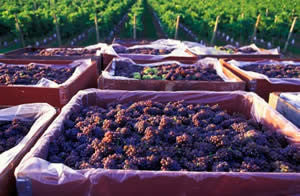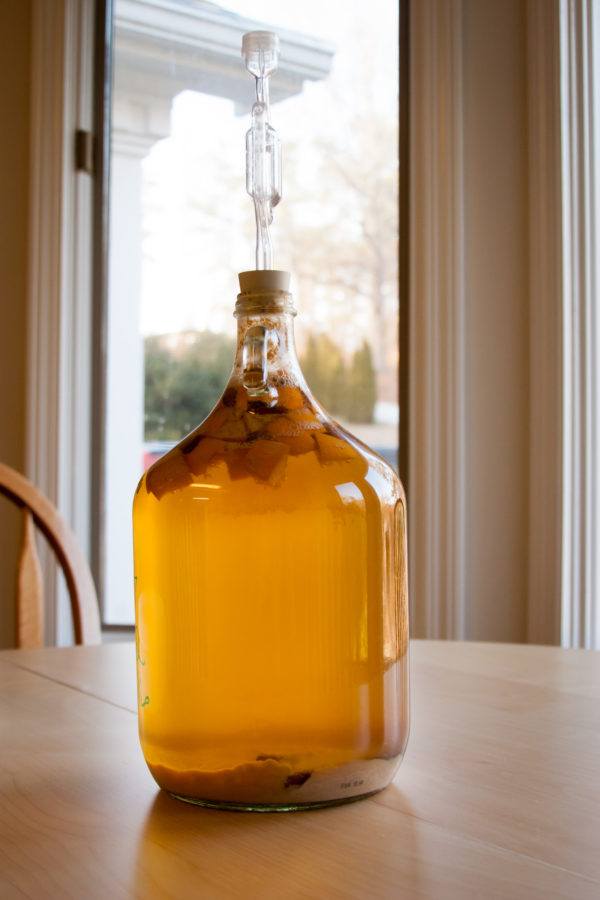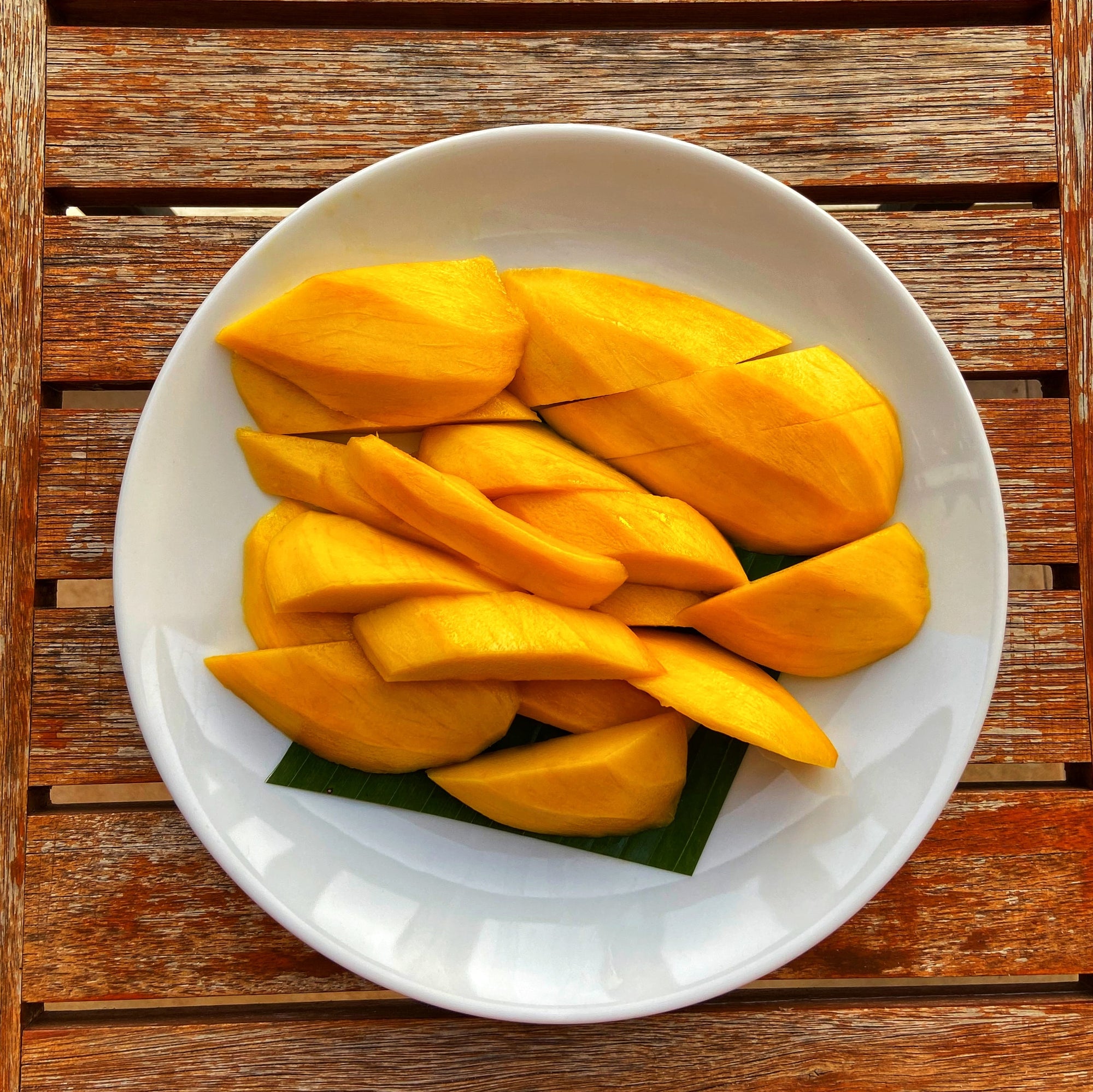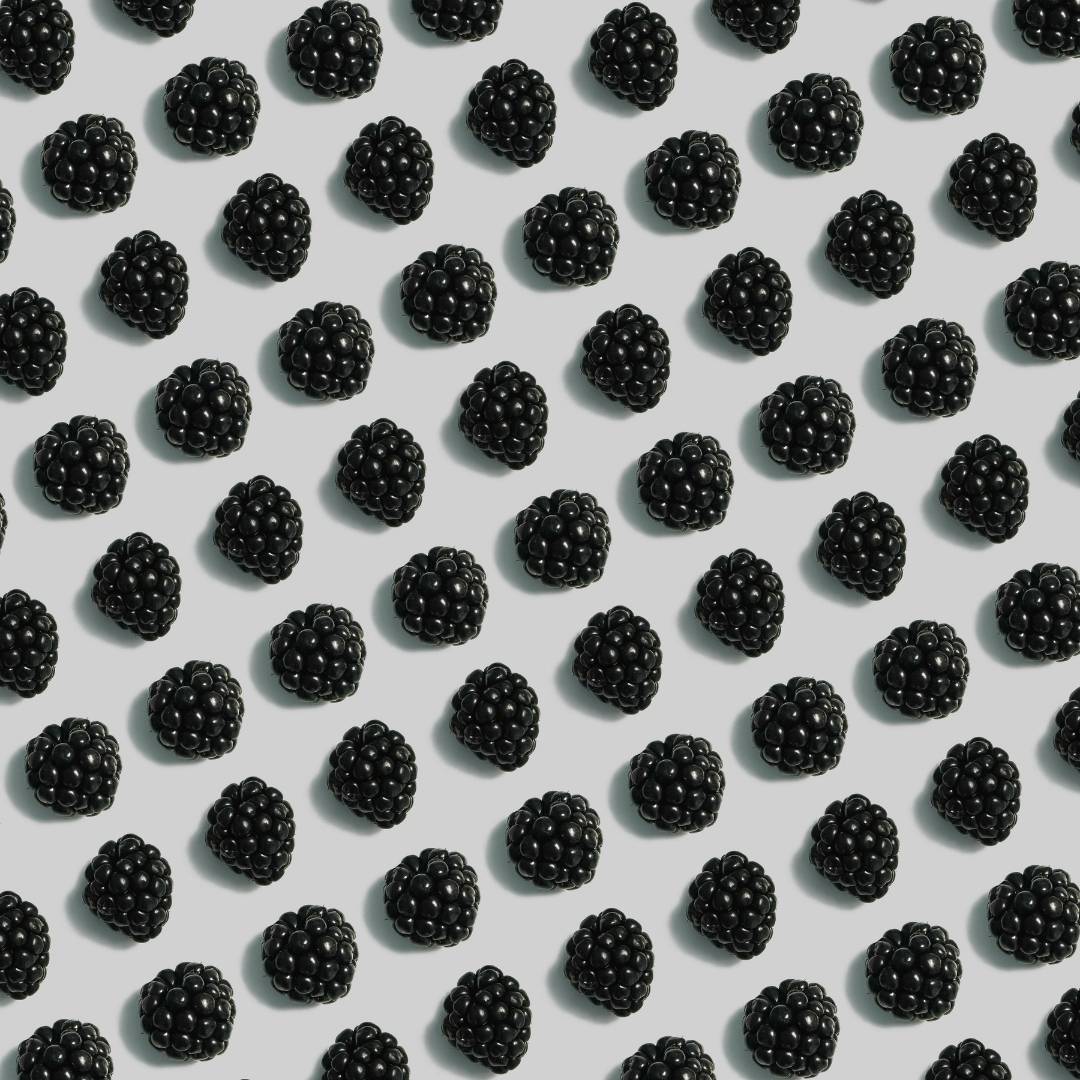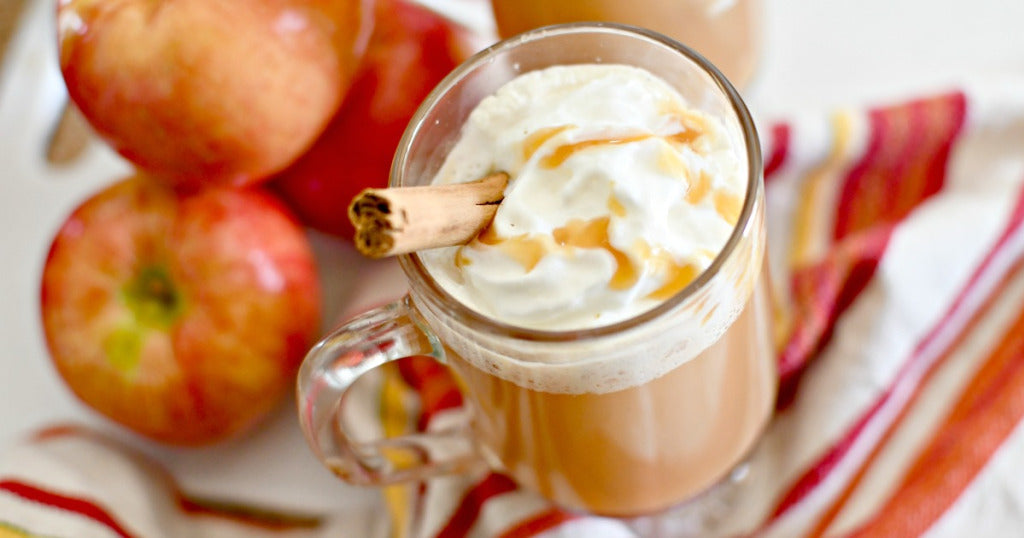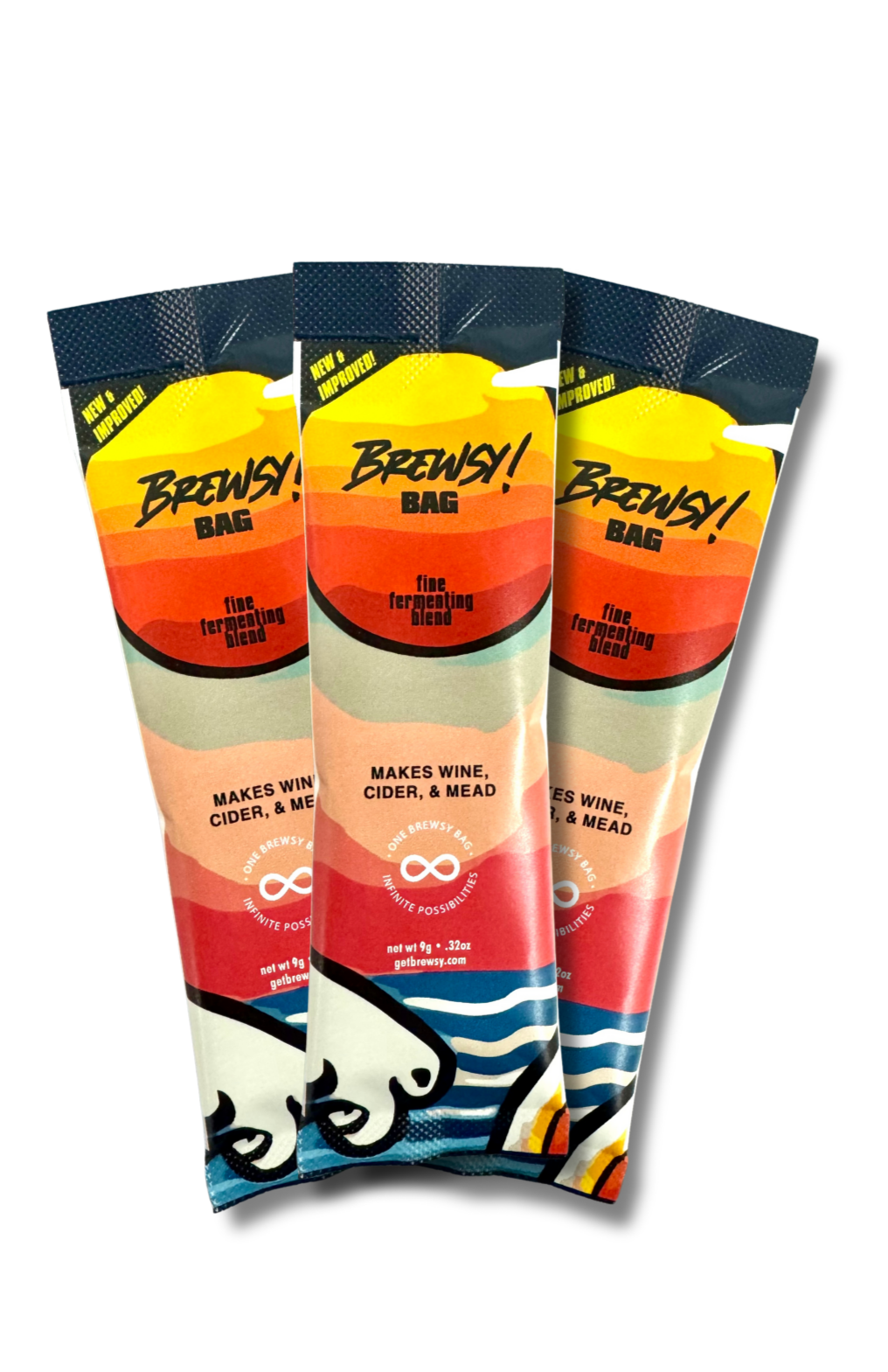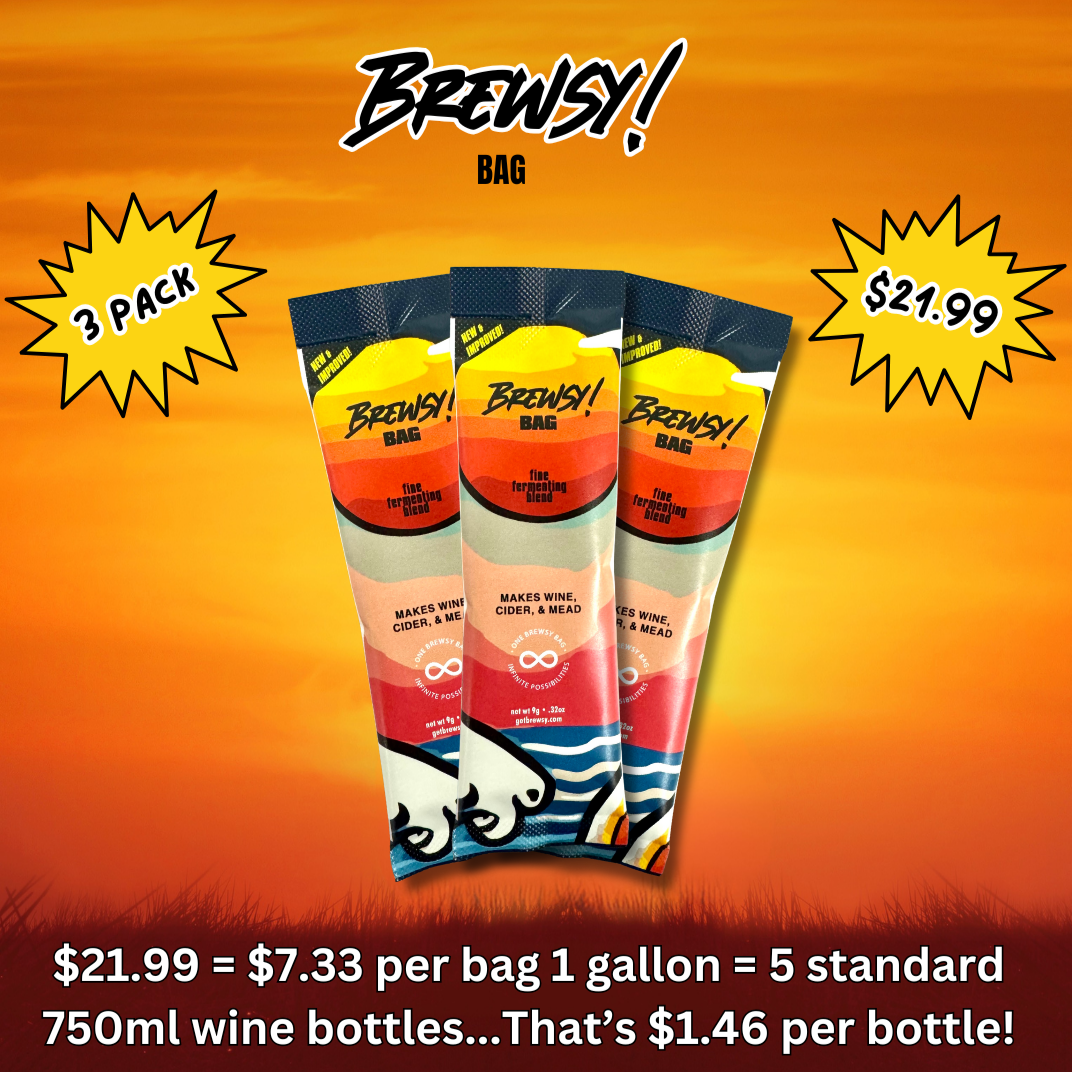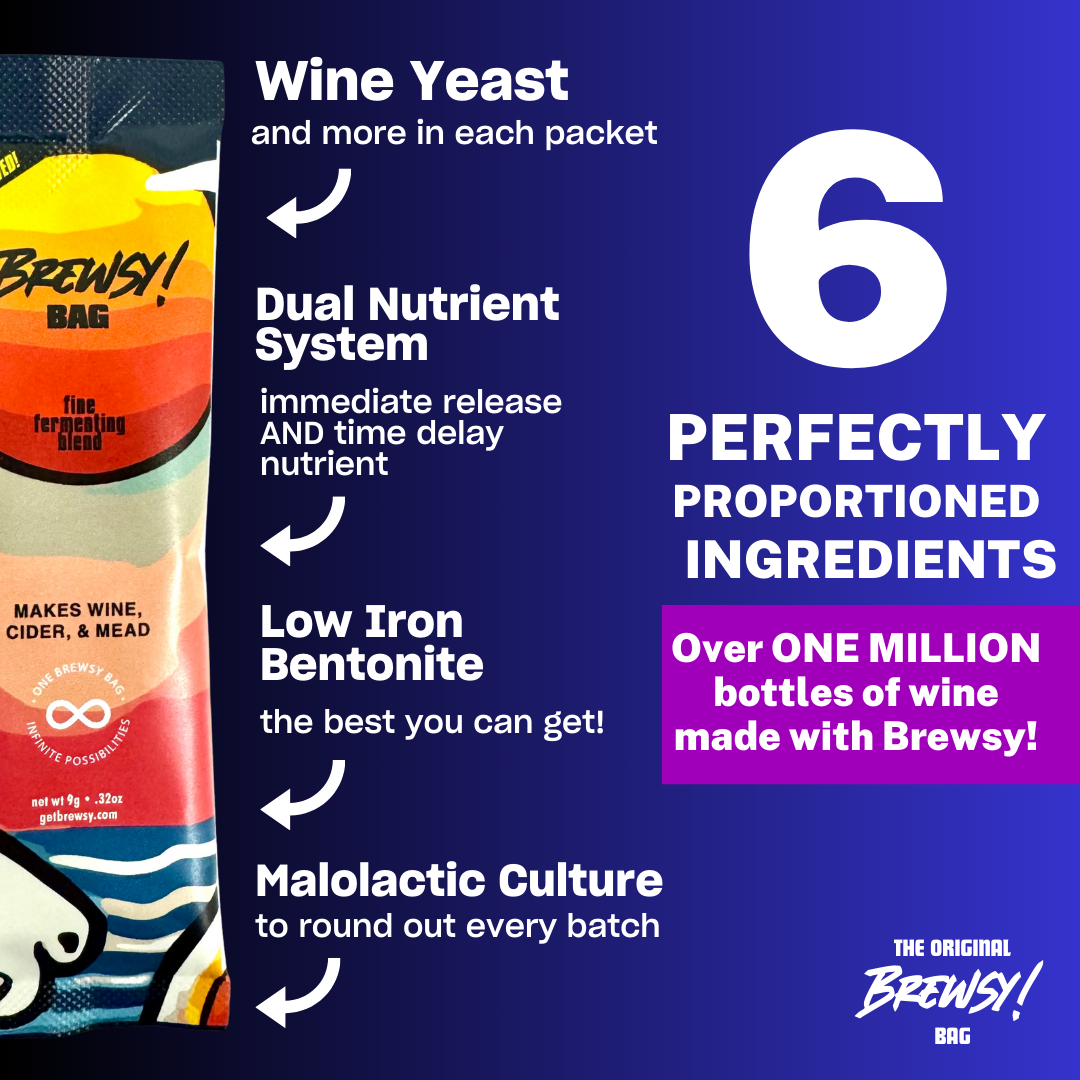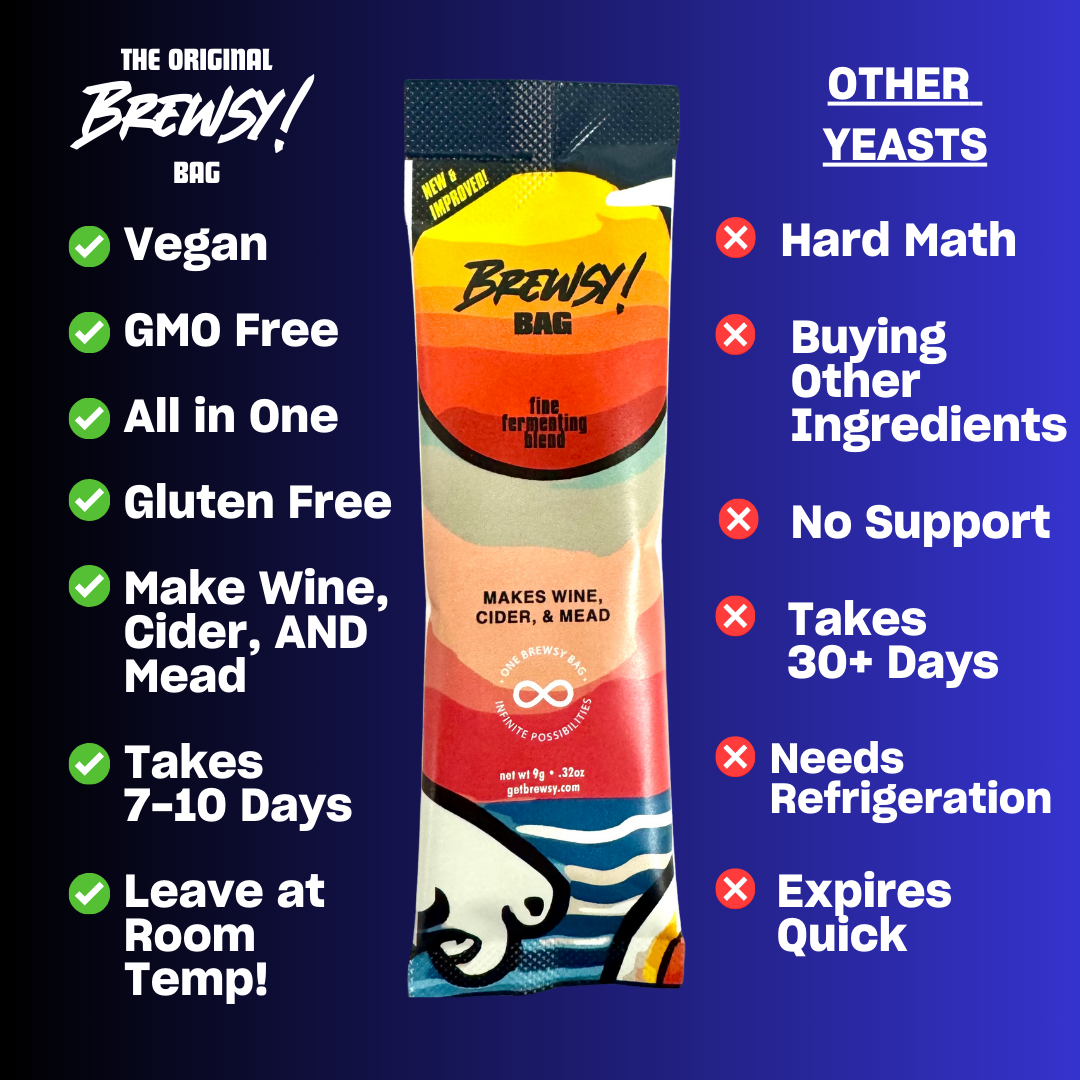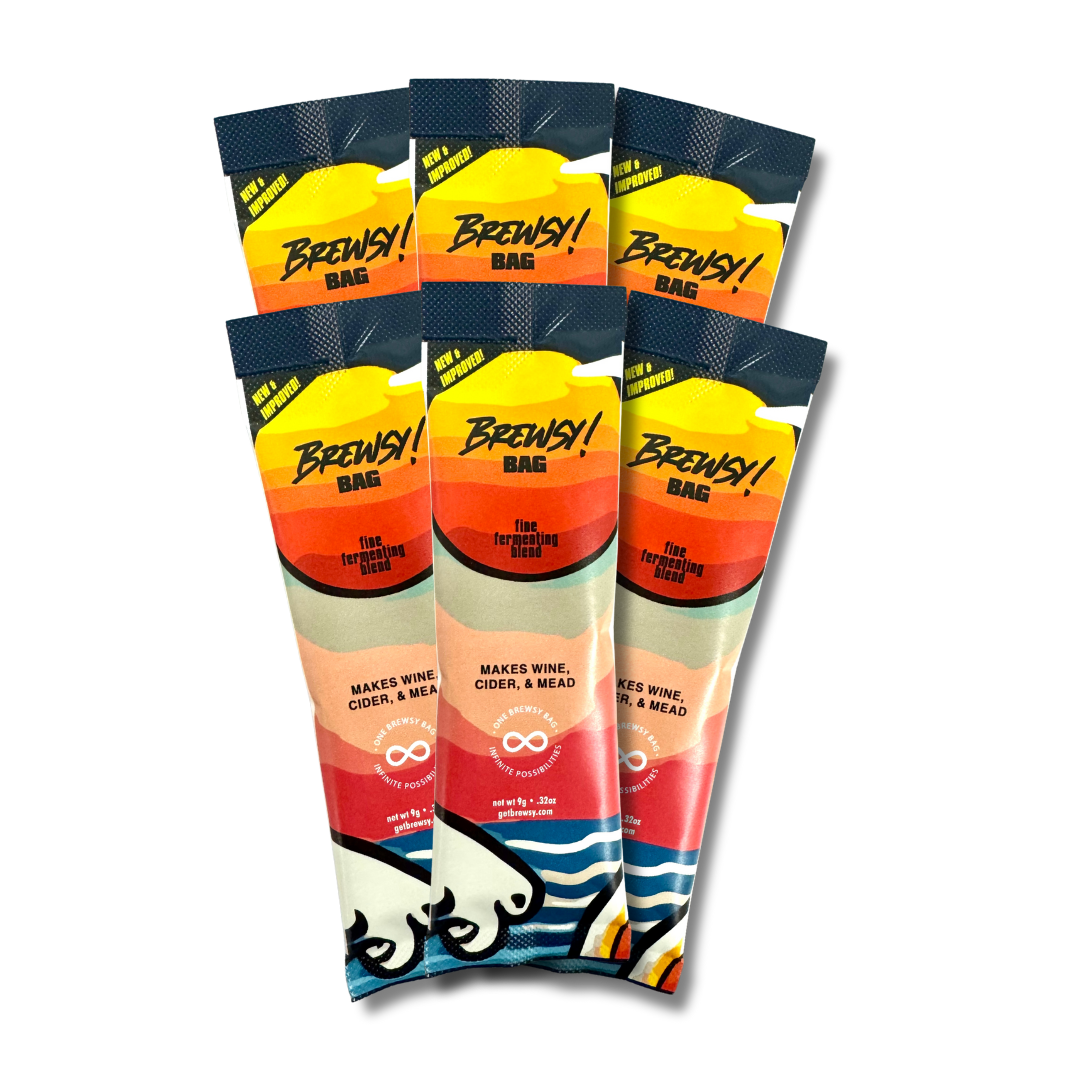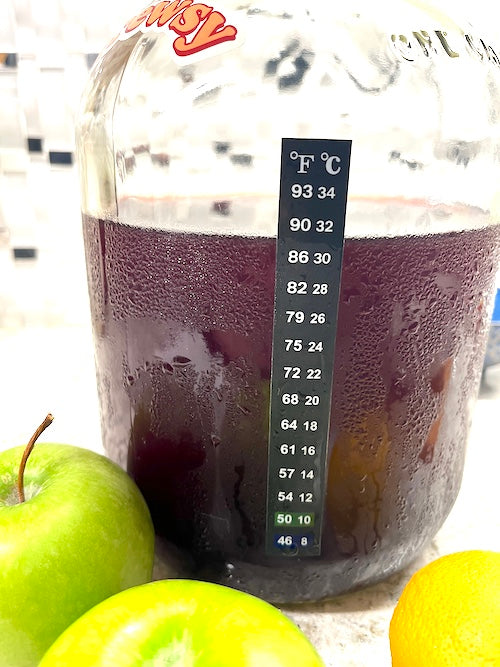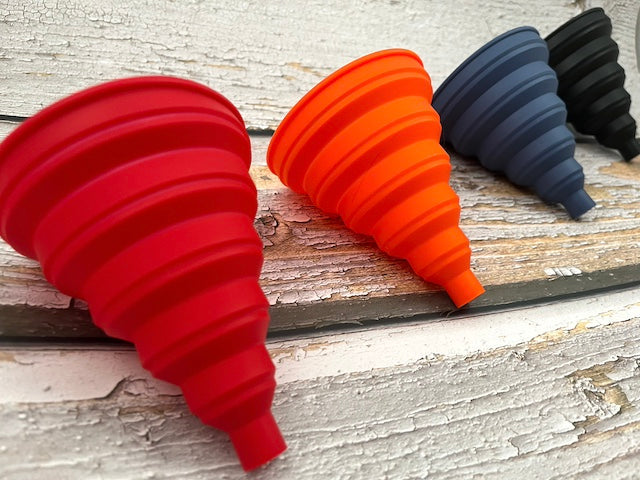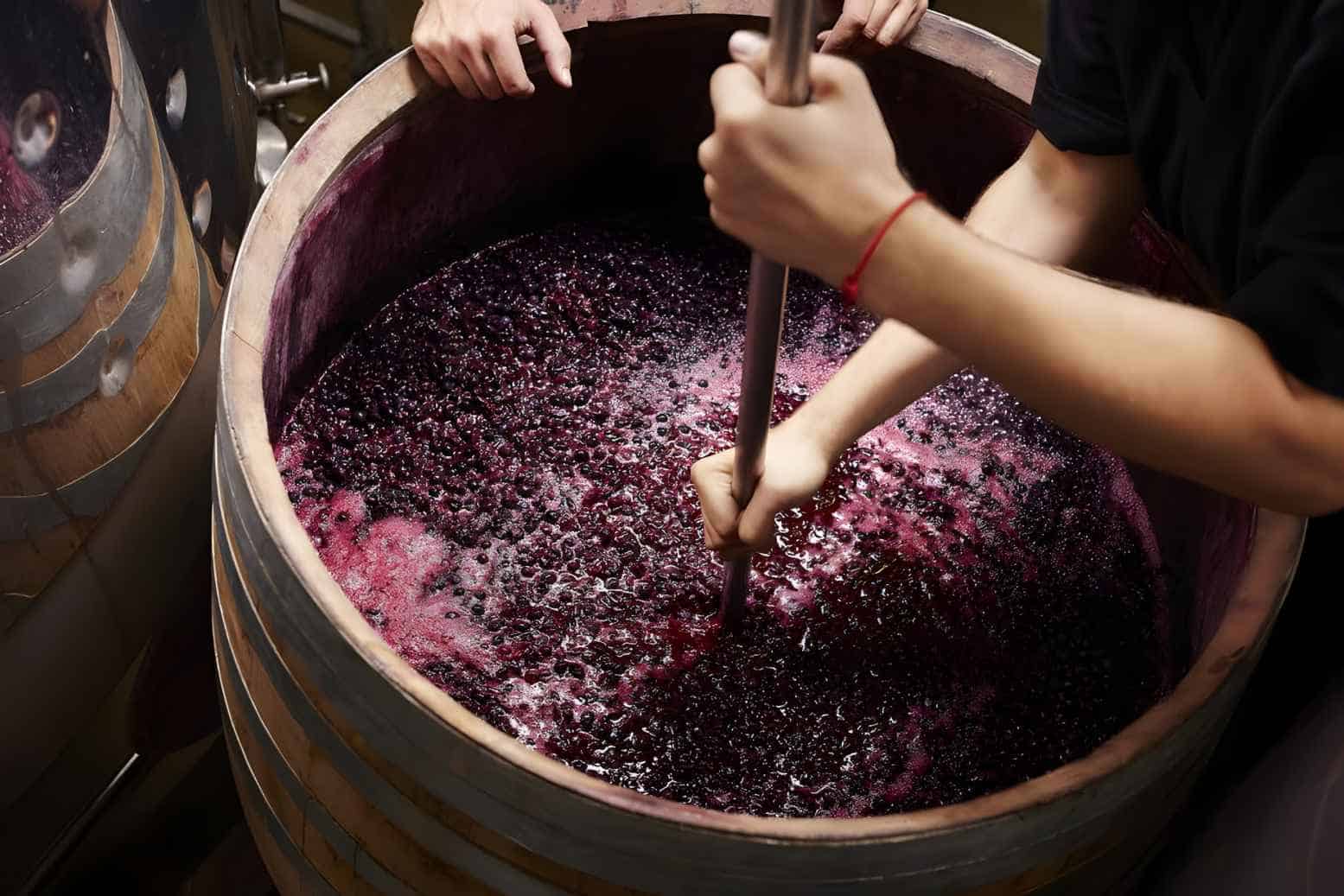
How to Stop Wine Fermentation?
Fermentation, the great process of turning sugar into alcohol, but just like any form of activity that expends energy, there has to be a way to stop it, so how to stop wine fermentation?
There are various ways of stopping objects in motion. Speed record-breaking vehicles tend to have a parachute deploy behind them; regular vehicles and motorcycles have their respective brake systems on the wheels; and Aunt Marge requires being taped to a wall to prevent her from drinking all your homemade wine. (If you have an Aunt Marge, that is purely coincidental). Jesting aside, there are also various methods of stopping wine fermentation.
1) Cold-crashing
The term cold-crashing is just a winemaker's term for cooling a brew down, usually by manner of a fridge. How this stops fermentation is by putting the yeast to sleep since yeast tends to thrive in warmer temperatures. In this manner, they are no different from hibernating animals. An additional benefit to cold-crashing is because all the particles are slowing down and becoming dormant they go crashing down to the bottom of the vessel. While there are a few beverages that stop at this stage, such as the German Federweisser, cold-crashing is the best precursor to...
2) Racking
Racking is simply the winemaker's synonym for decantation, which is to transfer the contents of one vessel to another while leaving behind any sediment that may have accrued over time, and discarding said sediment. However, some winemakers keep that sediment and use it for future uses. What use does wine sediment have? Simple, a great nutrient for active yeast is dead yeast.
Ultimately, this is why Brewsy recommends cold-crashing after fermentation because it makes the separate of wine and sediment that much easier for the newbie winemaker.
3) Heating the Wine
This one is pretty self-explanatory, however, without the proper know-hows, this can be arguably the hardest method as there are more downsides compared to, say, racking.
Generally, wine yeast dies out at around 140F so with that knowledge, it is a matter of bringing the wine up to that temperature for about half an hour. The pro of this method is that it is quick and efficient, however, the cons include the possible alteration of the wine from a chemical point of view. It can change the flavor profile, alter the aromas, and even modify the texture. Furthermore, if it is overheated, it can ruin the wine altogether.
4) Adding Alcohol
This is more commonly known as fortifying, so if you have seen, tasted, or bought a bottle of fortified wine, it may have gone through this process. The most basic form is to add a distilled spirit to the wine such as brandy, whisky, or flavor-neutral ones.
How this works is by killing the yeast through alcohol. On average, wine yeasts have an alcohol tolerance of about 18% ABV meaning that level of alcohol starts to become toxic to yeast. The effectiveness of this technique has been proven time and time again, however, the higher amount of alcohol will alter the wine.
5) Adding preservatives
On its own, the usage of preservatives such as metabisulfites and sorbates is not the most effective solution but when combined with other methods, such as racking, it can efficaciously prevent future fermentation possibly caused by any lingering yeasts in the wine.
These preservatives come in a variety of form including, but not limited to, Brewsy's own Aging Kit.
Keep in mind, however, that no one of these processes is fail-proof, but a combination of them greatly stops fermentation in its tracks.



